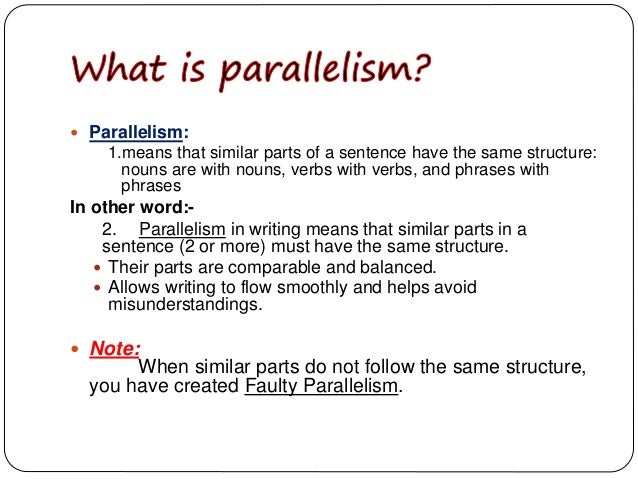

For example, the opposite sides of a rectangle represent parallel lines. Parallel lines are those lines that are equidistant from each other and never meet, no matter how much they may be extended in either directions. What are Parallel Lines and Perpendicular lines? For example, AB ||CD means line AB is parallel to line CD. The symbol used to denote parallel lines is ||. Parallel lines are those lines that are always the same distance apart and that never meet. The symbol that denotes non-parallel lines is ∦.įAQs on Parallel Lines What are Parallel Lines in Geometry? For example, AB II PQ indicates that line AB is parallel to line PQ. Parallel lines are the lines that never meet each other, no matter how long we extend them.

Parallel lines have different y-intercepts and have no points in common. Therefore, any line that is parallel to y = 4x + 3 will have the same slope, that is, 4. For example, if the slope of a line with the equation y = 4x + 3 is 4. It should be noted that the slope of any two parallel lines is always the same. The value of 'm' determines the slope or gradient and tells us how steep the line is.

The equation of a straight line is generally written in the slope-intercept form represented by the equation, y = mx + b, where 'm' is the slope and 'b' is the y-intercept.

Corresponding Angles: It should be noted that the pair of corresponding angles are equal in measure.Given below are the pairs of angles formed by the two parallel lines L1 and L2. Each angle has been labeled using an alphabet. Eight separate angles have been formed by the two parallel lines and a transversal. Observe the following figure to see the parallel lines labeled as L1 and L2 that are cut by a transversal. While some angles are congruent (equal), the others are supplementary. When any two parallel lines are intersected by another line called a transversal, many pairs of angles are formed.


 0 kommentar(er)
0 kommentar(er)
